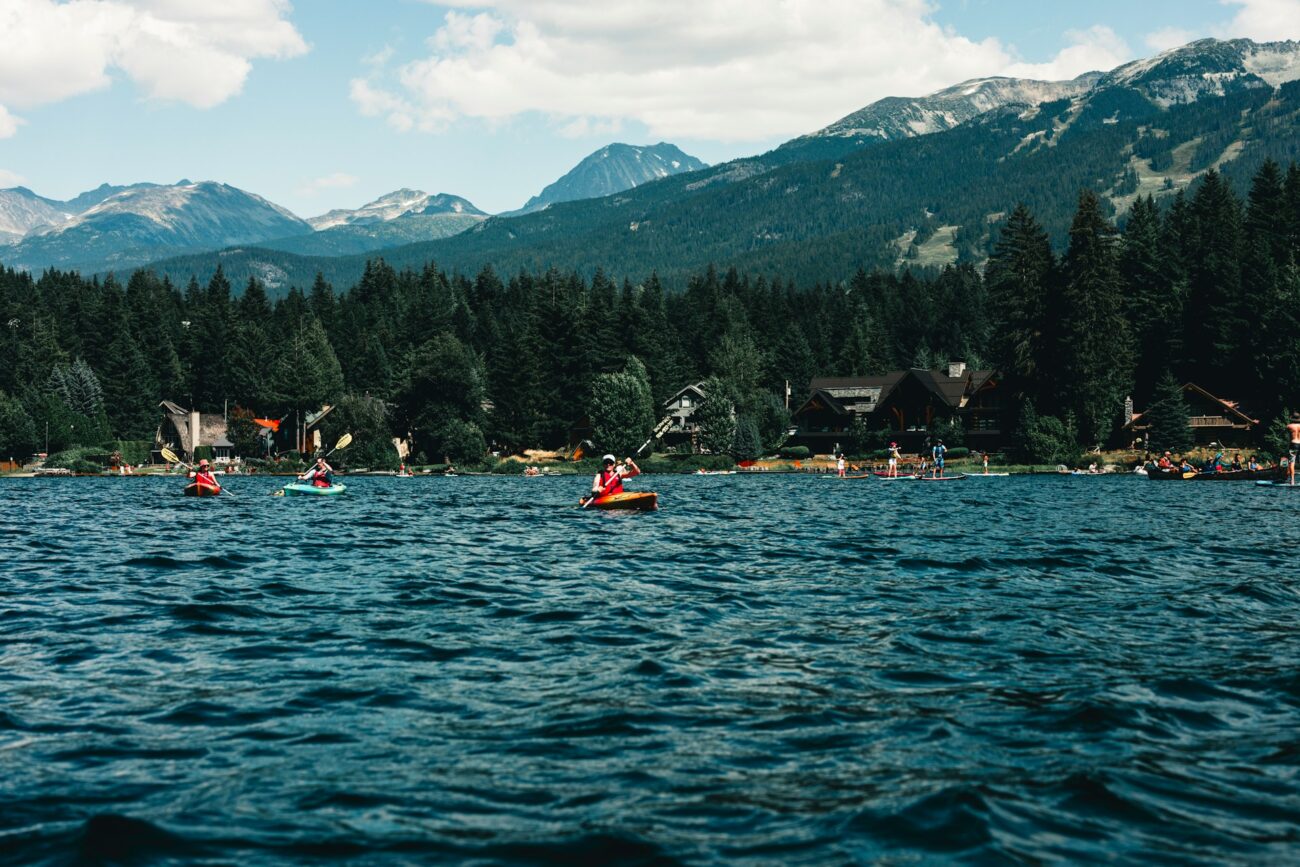Nestled among the high-profile world of CrossFit, HIIT, and trendy boutique fitness classes, kayaking quietly stands as one of fitness’s best-kept secrets. This water-based activity often gets categorized as merely a recreational pastime or scenic adventure opportunity, with its substantial physical benefits frequently overlooked. Yet beneath its serene exterior lies a comprehensive, challenging workout that engages virtually every muscle group while simultaneously offering mental health benefits that gym-bound exercises simply cannot match. From developing impressive upper body strength to enhancing cardiovascular endurance, kayaking delivers a uniquely effective full-body conditioning experience that deserves far more recognition in the fitness community. Let’s paddle through the remarkable and often underestimated physical benefits that make kayaking one of the most complete workouts available.
The Comprehensive Nature of Kayaking Exercise
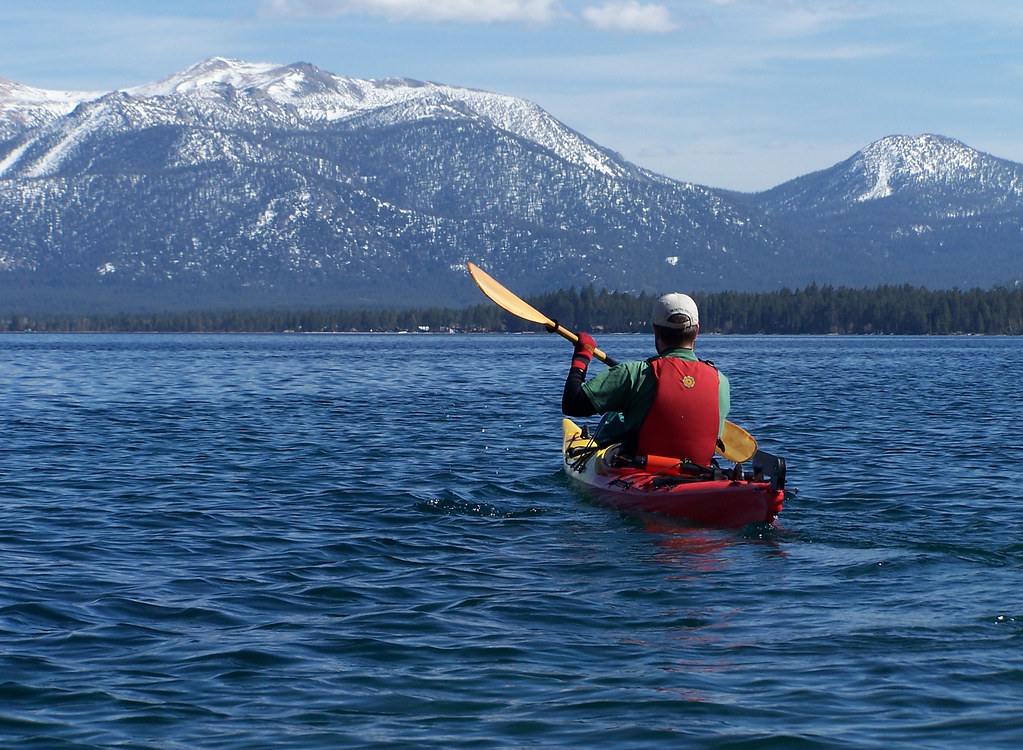
When most people think of kayaking, they envision a peaceful paddle across calm waters, not realizing they’re engaging in a serious workout that targets multiple muscle groups simultaneously. Unlike isolated gym exercises that focus on specific muscles, kayaking naturally incorporates compound movements that work the entire body in a functional, practical way. Each paddle stroke engages your arms, shoulders, back, core, and even legs as you stabilize yourself against the water’s natural resistance. This integration of movement patterns mirrors how our bodies are designed to work in real-world situations, making kayaking not just effective but also highly practical from a fitness perspective. Additionally, because water provides constant, unpredictable resistance, your muscles must continuously adapt and respond, creating a dynamic workout environment that’s impossible to replicate perfectly in a gym setting.
Upper Body Transformation Through Paddling
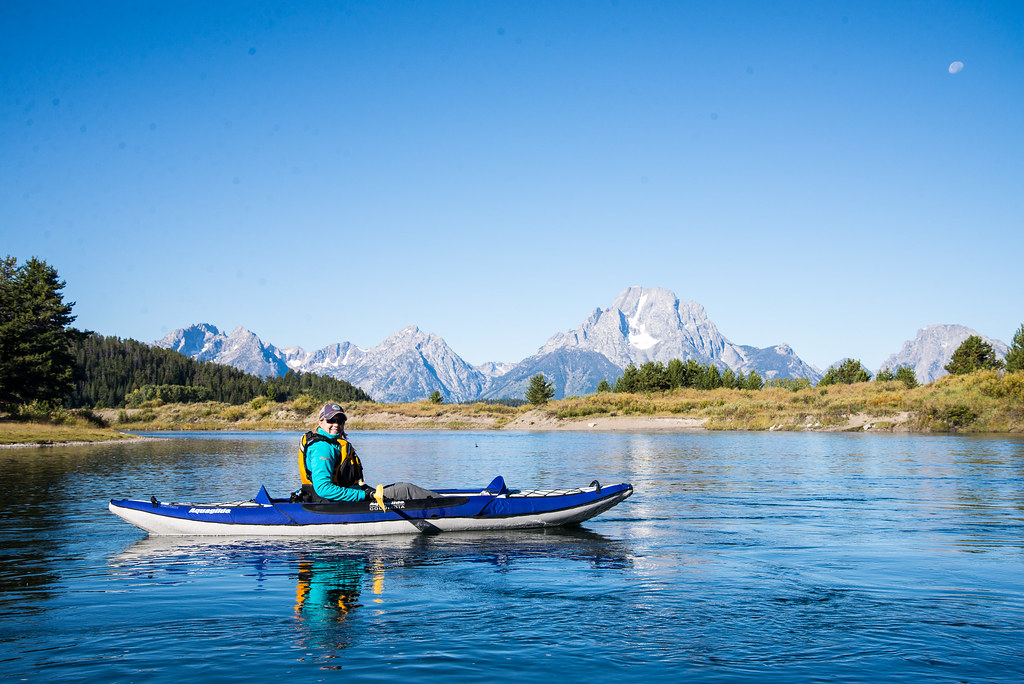
The upper body benefits of regular kayaking are perhaps the most immediately noticeable, with paddlers frequently developing impressive definition in their shoulders, arms, and back. Each paddle stroke requires a complex sequence of pushing and pulling movements that particularly target the deltoids, biceps, triceps, and the latissimus dorsi muscles across your back. The rotational aspect of paddling also engages smaller stabilizing muscles that are often neglected in traditional workouts but are crucial for functional strength and injury prevention. What makes kayaking particularly effective for upper body development is the high number of repetitions naturally accumulated during even a casual paddling session, often equating to hundreds of resistance movements without the mental fatigue of counting reps. Experienced kayakers typically display the balanced, functional physique of swimmers rather than the sometimes disproportionate development seen in weightlifters, highlighting the sport’s effectiveness in creating harmonious upper body strength.
Core Strength: The Paddler’s Secret Weapon
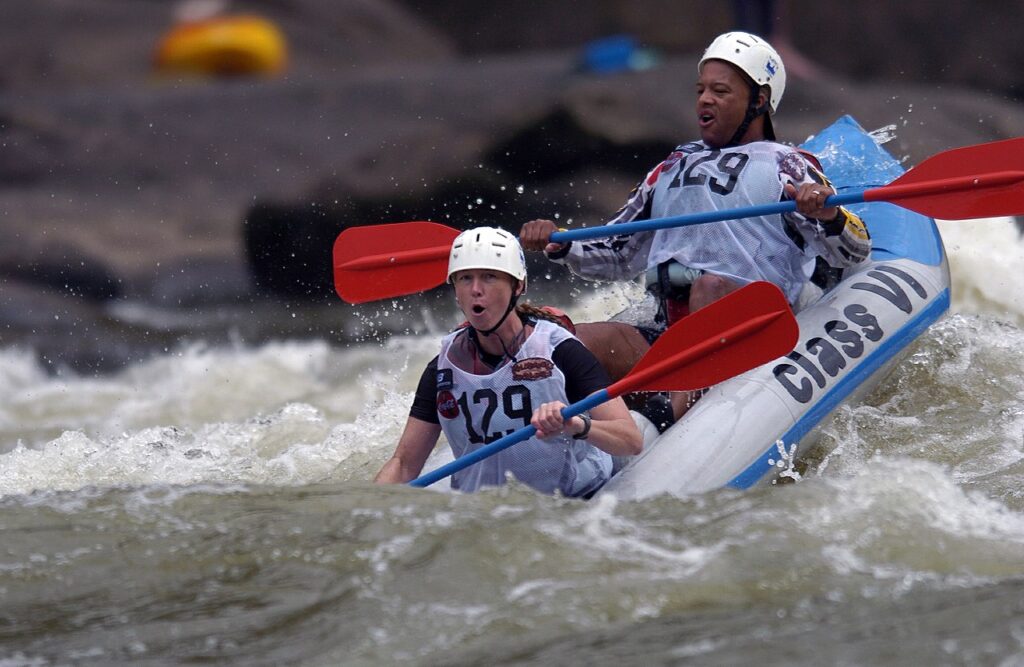
While the arm and shoulder activation in kayaking is visibly apparent, the core engagement is the hidden powerhouse behind effective paddling technique. Sitting in a kayak requires constant subtle adjustments to maintain balance, automatically engaging your abdominals, obliques, and lower back muscles throughout your time on the water. With each paddle stroke, your core acts as the vital connection point transferring power from your upper body through your torso and into the boat’s movement, creating a natural core-stabilizing exercise that works these muscles from multiple angles. This continuous engagement leads to impressive functional core strength that supports everyday movements and helps prevent back problems common in sedentary populations. What’s particularly beneficial about kayaking for core development is that it trains rotational strength—a crucial aspect of core fitness that many traditional ab exercises like crunches or planks fail to adequately address.
The Surprising Lower Body Component
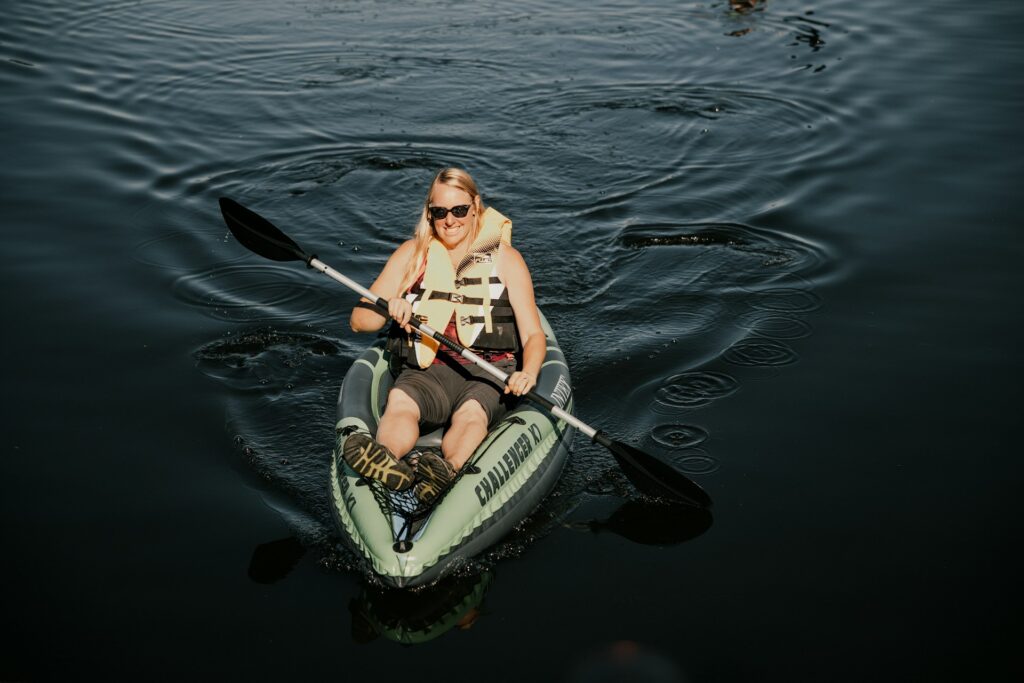
Contrary to popular belief, kayaking is not exclusively an upper body workout, as proper technique involves significant lower body engagement. Experienced kayakers know that power generation begins with leg drive against the foot pegs of the kayak, creating a chain of force that travels through the body and into the paddle. This pressing movement activates the quadriceps, while the stabilizing required on rougher waters engages the hamstrings, glutes, and even calves. On more challenging water conditions, your legs constantly work isometrically to brace your body against the motion of the kayak, creating a subtle but effective lower body workout. While the leg workout in kayaking won’t replace dedicated strength training for those specifically targeting lower body development, it provides meaningful functional engagement that contributes to the full-body nature of the activity.
Cardiovascular Benefits Beyond Traditional Cardio
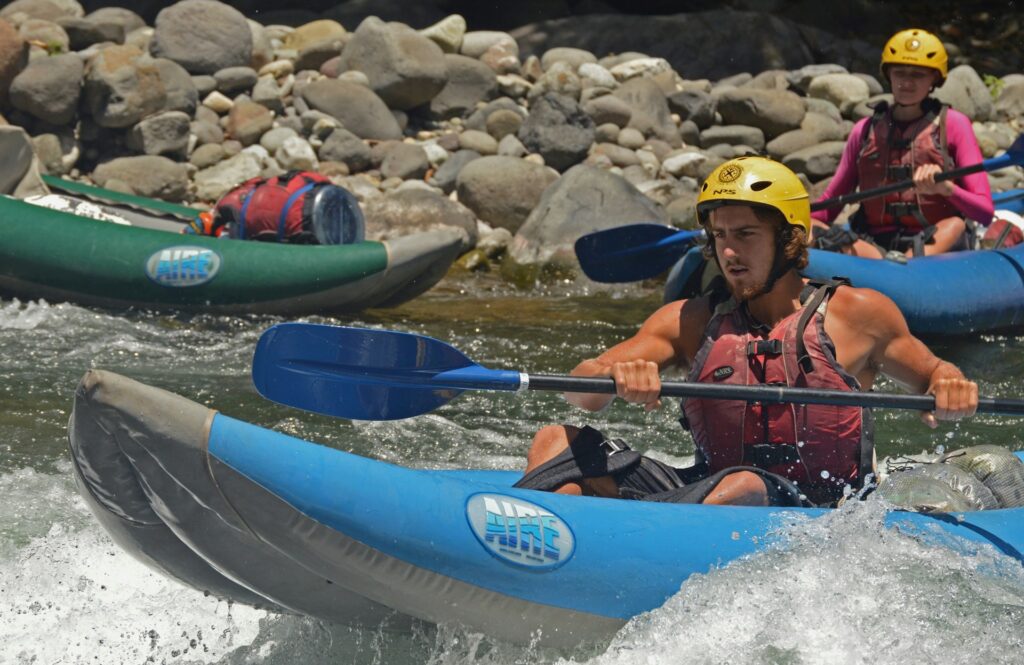
Kayaking delivers exceptional cardiovascular benefits that often exceed expectations, particularly because the activity can be sustained for much longer periods than many high-intensity workouts. Depending on pace and water conditions, paddlers can achieve and maintain target heart rates in either the steady-state aerobic zone or push into anaerobic training through sprint paddling or navigating challenging waters. The rhythmic nature of paddling promotes sustained elevated heart rate without the joint impact associated with running or jumping activities, making it particularly valuable for those with joint concerns or those recovering from injuries. What sets kayaking apart from traditional cardio equipment is the natural variability—changing winds, currents, and water conditions create an interval-training effect that keeps the cardiovascular system adapting and improving. Studies have shown that regular paddling can significantly improve VO2 max, reduce resting heart rate, and enhance overall cardiovascular efficiency comparable to dedicated cardio exercise programs.
Caloric Expenditure on the Water
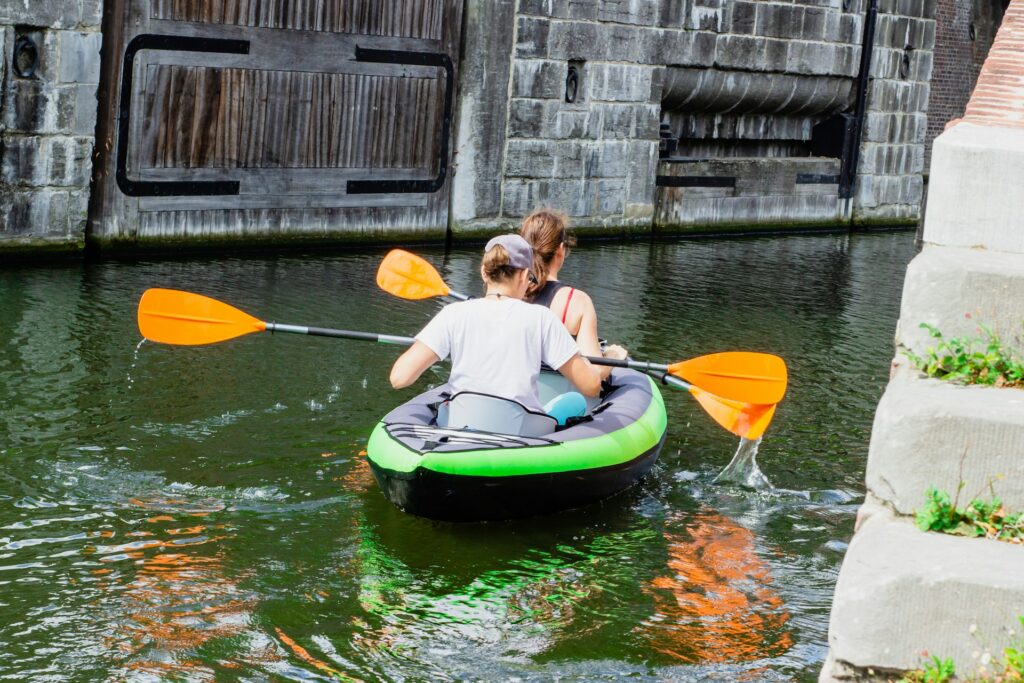
For those considering kayaking as part of a weight management strategy, the caloric burn potential is impressively substantial and often underestimated. A moderately paced recreational kayaking session typically burns between 300-500 calories per hour, while more vigorous paddling or navigating challenging conditions can easily exceed 700 calories hourly. This places kayaking on par with jogging or cycling in terms of energy expenditure, but with the advantage of being perceived as less strenuous due to the enjoyable nature of being on the water. The total caloric impact is further enhanced by the extended duration many paddlers naturally achieve—it’s common for kayakers to spend 2-4 hours on the water without experiencing the mental fatigue that might cut a gym session short. Additionally, the afterburn effect (excess post-exercise oxygen consumption) following a vigorous paddle session means your body continues burning additional calories during the recovery period, making kayaking an efficient choice for those focused on weight management.
Balance and Proprioception Development
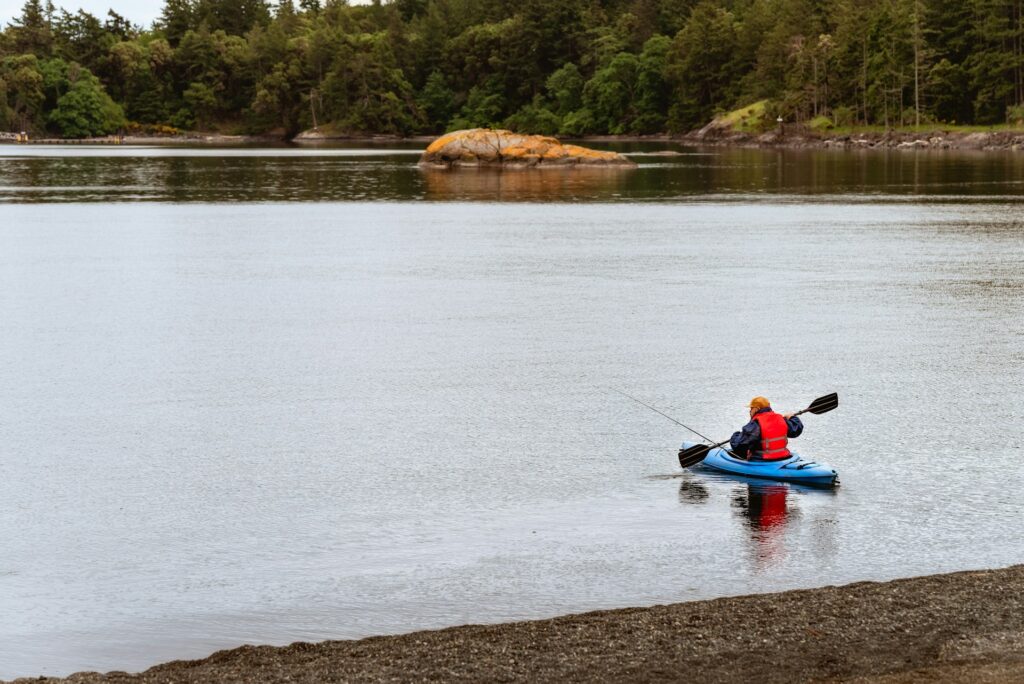
One of the most underrated aspects of kayaking as exercise is its remarkable ability to develop balance, spatial awareness, and proprioception—skills that deteriorate with age but are crucial for preventing falls and injuries. Sitting in a narrow vessel on a moving surface creates a constant balance challenge that trains the vestibular system and improves neurological connections between brain and muscles. These improvements translate directly to everyday movement quality and athletic performance in other activities, creating a functional carryover that isolated gym exercises rarely provide. Each paddling session also strengthens the smaller stabilizing muscles throughout the body that are essential for coordination but often neglected in traditional workouts. For older adults particularly, the balance challenges presented by kayaking can serve as crucial neural training that helps maintain independence and reduce fall risk, while younger athletes benefit from enhanced body awareness that improves performance across all sports.
Mental Health Advantages Beyond Physical Fitness

The mental health benefits of kayaking create a powerful synergy with its physical advantages, elevating it above many traditional exercise options. Being on the water naturally induces a meditative state similar to the mindfulness practices increasingly prescribed for stress management and mental health. The combination of rhythmic paddling motion, natural surroundings, and separation from technology creates a uniquely effective environment for stress reduction, with studies showing significant decreases in cortisol levels following paddling sessions. The immersive nature of kayaking demands present-moment awareness, creating a natural break from rumination and worry patterns that characterize anxiety and depression. Furthermore, the frequent exposure to natural settings provides documented benefits through the biophilia effect—our innate connection to natural environments that has been shown to reduce mental fatigue, improve mood, and enhance cognitive function in ways that indoor exercise cannot match.
Accessibility Across Fitness Levels
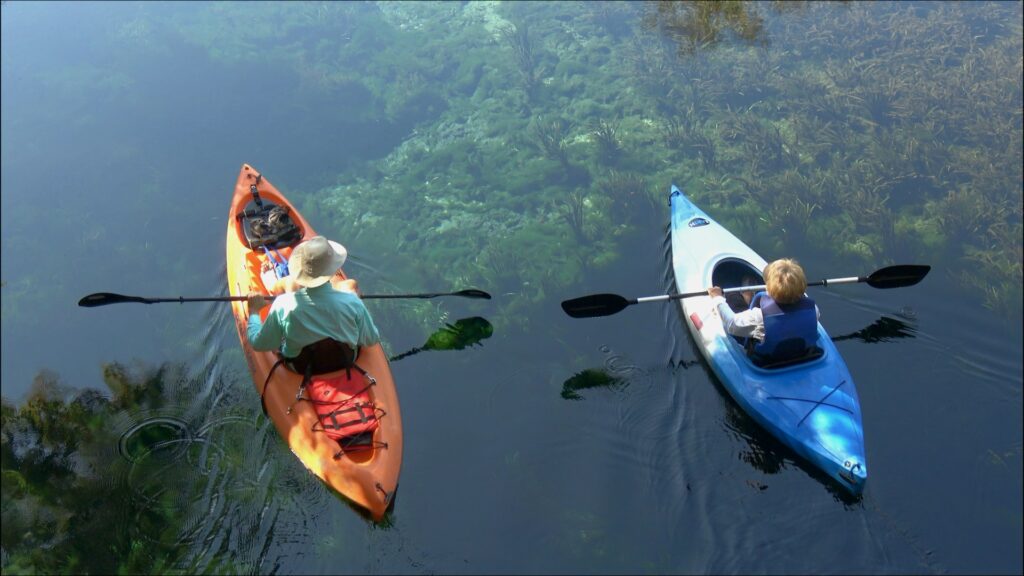
One of kayaking’s greatest strengths as a fitness activity is its remarkable scalability across different fitness levels, ages, and physical capabilities. Beginners can start with stable recreational kayaks on calm waters, experiencing meaningful exercise benefits without overwhelming exertion, while advanced paddlers can challenge themselves with longer distances, rougher conditions, or performance kayaks that demand higher skill and fitness levels. The self-paced nature of paddling allows individuals to naturally find their appropriate intensity level, making kayaking one of the few activities that can truly grow with your fitness journey over many years. This accessibility extends to many people with physical limitations who might struggle with traditional exercise—the seated position and buoyancy support of the water creates opportunities for meaningful physical activity even for those with mobility challenges. The sport’s adaptability means that families or groups with varying fitness levels can participate together, each finding appropriate challenge while sharing the same experience—a social advantage rarely found in other fitness activities.
Low-Impact Nature for Joint Health
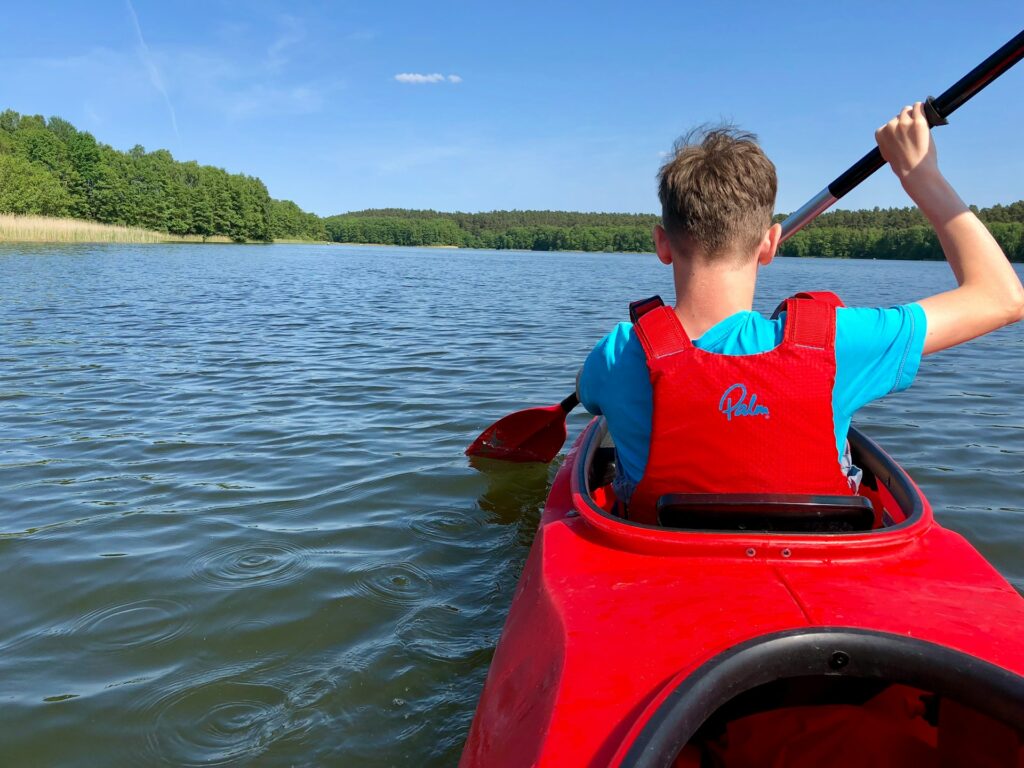
The low-impact quality of kayaking represents a significant advantage over many popular exercise forms, particularly for those concerned with joint health or recovery from injuries. Unlike running, team sports, or even many gym exercises, paddling creates minimal compression or impact stress on joints while still delivering substantial resistance training benefits. This makes kayaking an ideal option for maintaining fitness during recovery from injuries or for those managing chronic conditions like arthritis or back pain that might be aggravated by higher-impact activities. The seated position distributes body weight and eliminates the ground impact forces that accumulate during weight-bearing exercises, allowing for longer workout durations without the joint strain. For aging populations particularly, this low-impact quality presents a sustainable fitness option that can be maintained well into later years when higher-impact activities might become problematic. The gliding motion of paddling also promotes joint mobility and range of motion in a gentle, natural way that improves functional movement patterns without risking joint irritation.
Practical Exercise: Combining Utility and Fitness
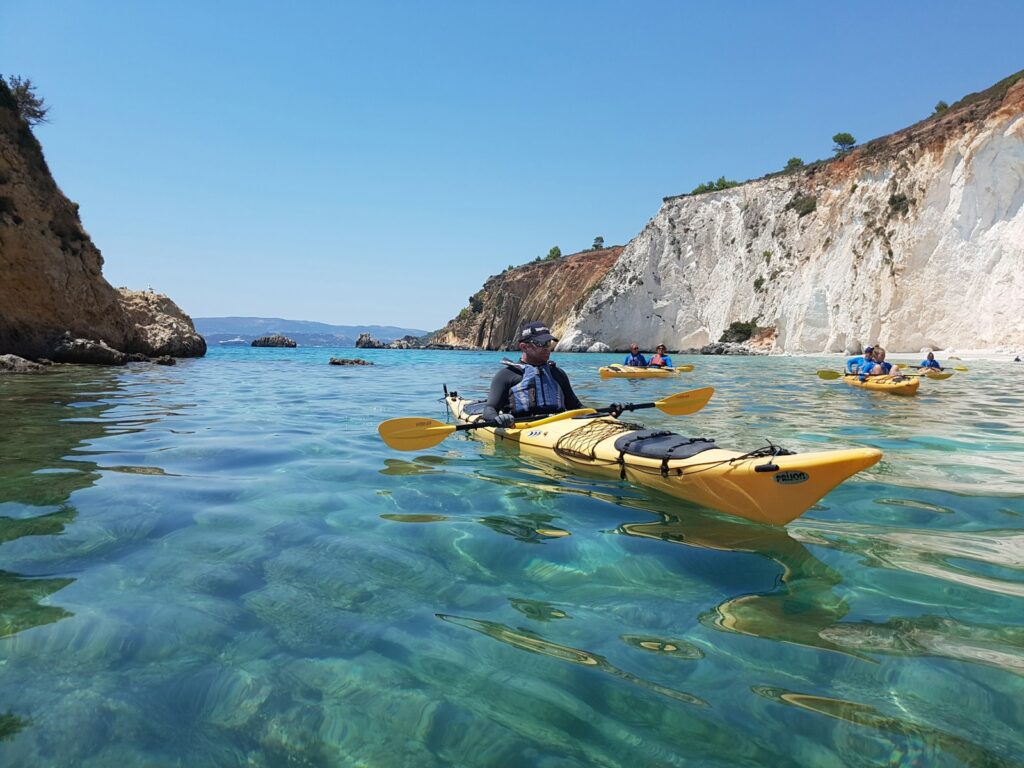
Kayaking stands apart from many exercise modalities by doubling as both practical transportation and meaningful physical activity, similar to cycling but with access to waterways inaccessible by other means. This practical aspect means paddlers can combine exercise with exploration, fishing, photography, or commuting, effectively embedding fitness into purposeful activities rather than treating it as a separate obligation. The practical utility encourages consistency—a critical factor in any successful fitness regimen—as paddlers are motivated by destinations and experiences beyond just exercise goals. Many kayakers maintain regular paddling schedules for years or decades specifically because the activity feels purpose-driven rather than solely exercise-focused. This combination of utility and exercise also creates natural cross-training opportunities, as loading gear, carrying your kayak, and exploring shorelines on foot incorporate varied movement patterns that complement the paddling itself.
Year-Round Adaptation Possibilities
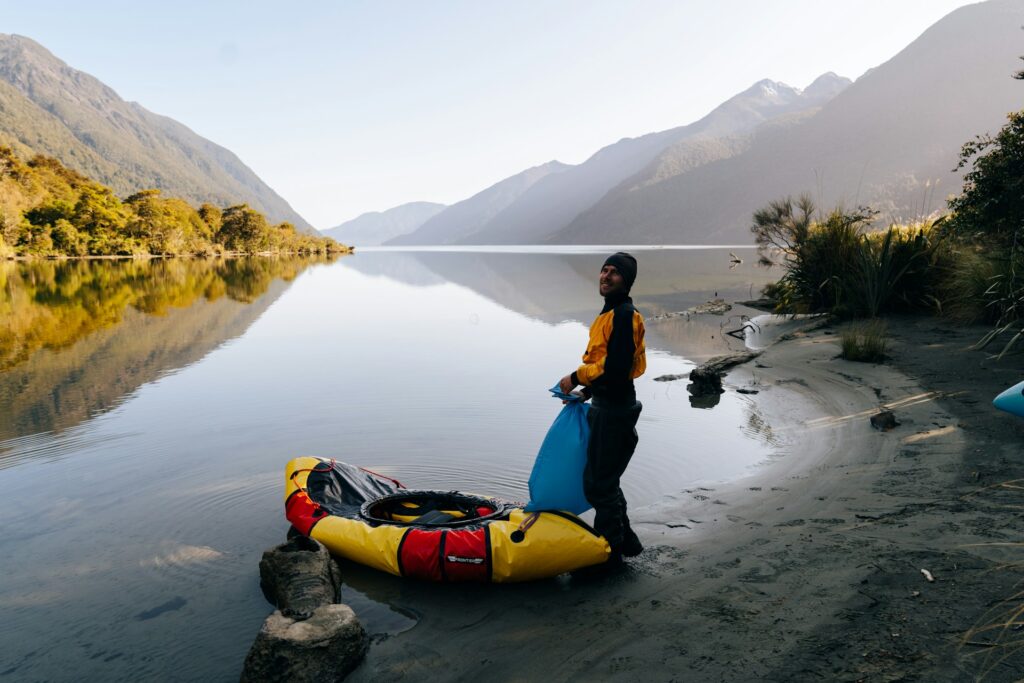
While weather and seasons present obvious challenges to kayaking consistency in many regions, experienced paddlers have developed numerous adaptations that make this a viable year-round fitness option. Cold-weather paddling with appropriate gear (drysuits, neoprene, layering systems) extends the season considerably in temperate climates, while indoor paddling options have expanded with specialized kayak ergometers that simulate the paddling motion for off-season training. Many dedicated paddlers incorporate complementary cross-training activities during off-seasons that maintain the specific strength patterns developed through kayaking, such as using cable machines for rotational training or suspension trainers for core stability work. The seasonal variety actually creates beneficial periodization in training stimulus that can prevent plateaus and overuse injuries that sometimes occur with year-round repetition of identical movement patterns. Additionally, the anticipation of returning to seasonal paddling often creates stronger motivation and appreciation compared to activities available without interruption.
Getting Started: From Novice to Lifestyle Paddler
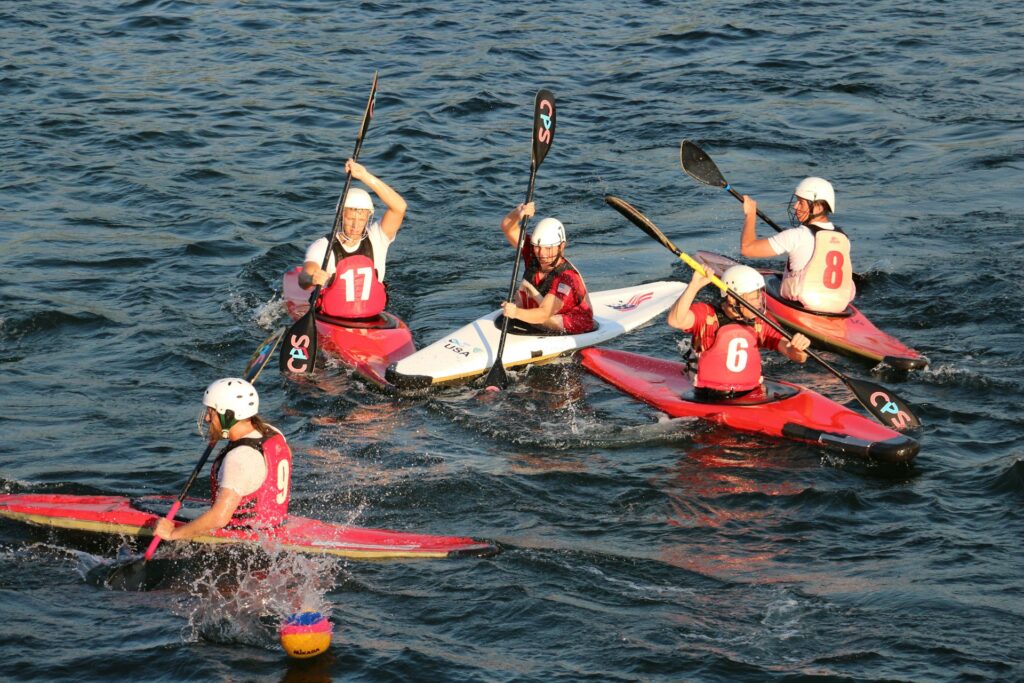
Beginning a kayaking fitness journey requires some initial investment and knowledge, but the barriers to entry are lower than many perceive. Most regions with accessible waterways have rental operations and basic instructional programs that allow newcomers to experience kayaking without significant equipment investment. For those ready to commit, entry-level recreational kayaks have become more affordable, with quality options starting around $300-600—comparable to a few months of gym membership in many areas. The essential skills for fitness paddling can be acquired in just a few sessions, with proper forward stroke technique being the most important foundation for both efficiency and injury prevention. Building gradually is key—new paddlers should start with 30-45 minute sessions on protected waters before progressively extending duration and challenging themselves with more varied conditions. The fitness progression with kayaking tends to be remarkably steady, with most consistent paddlers noticing significant strength, endurance, and body composition improvements within 8-12 weeks of regular practice.
Community and Social Dimensions of Paddle Fitness
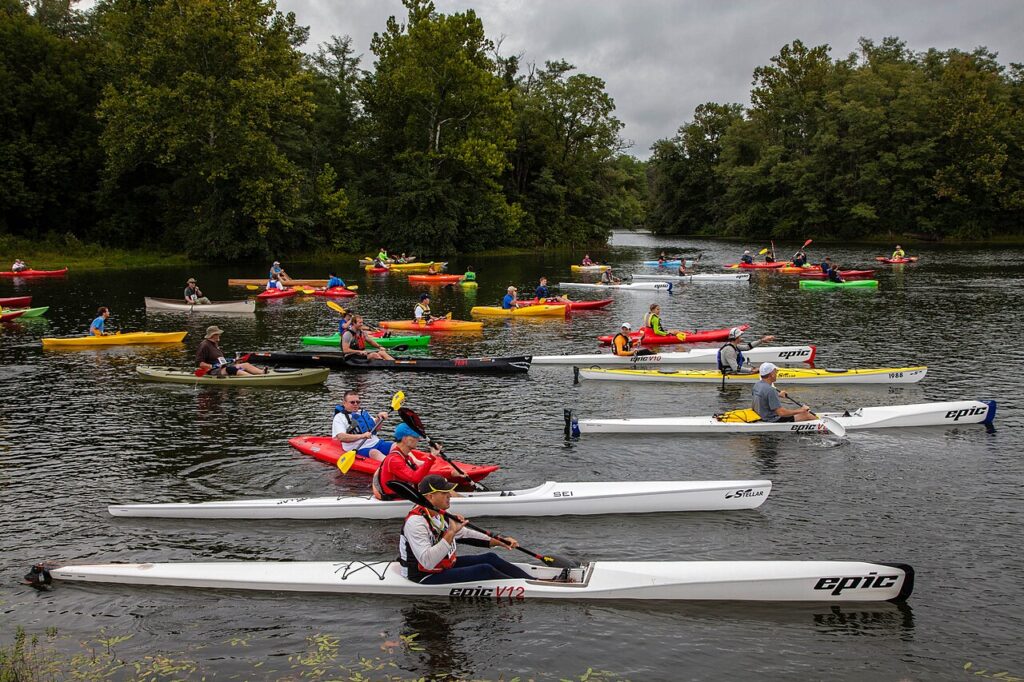
The social aspects of kayaking create additional dimensions that enhance its value as a fitness practice beyond the physical benefits alone. Paddling communities exist in nearly every region with accessible water, offering group outings that combine social connection with exercise—addressing the isolation that sometimes accompanies individual fitness pursuits. These communities typically welcome and support newcomers, providing valuable mentorship and safety oversight that accelerates learning and confidence on the water. Many paddlers find that the shared experience of exploring waterways creates deeper social bonds than those formed in typical gym environments, leading to lasting friendships built around an active lifestyle. The community aspect also creates natural accountability, as regular group paddles encourage consistency even when motivation might waver. For those seeking competitive elements, kayak racing events span from friendly local competitions to serious athletic contests, providing goal-setting opportunities that can further enhance motivation and progression.
The Sustainable Lifetime Exercise
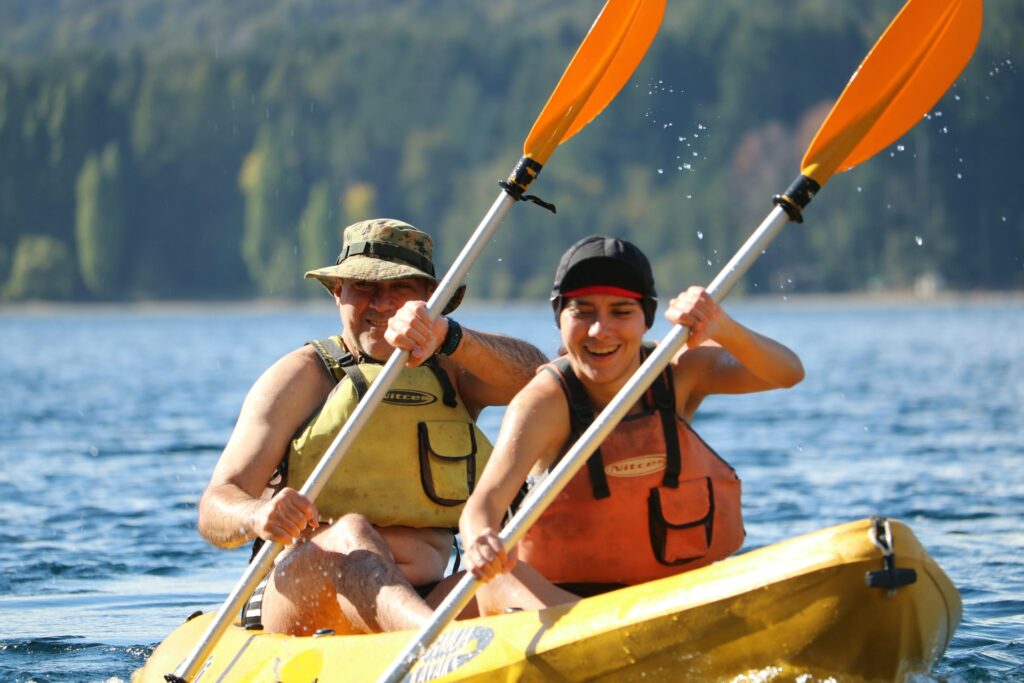
Perhaps the most compelling argument for kayaking as the ultimate full-body workout is its remarkable sustainability as a lifetime activity. Unlike many high-intensity exercise trends that lead to burnout or injuries when practiced long-term, kayaking offers a balanced approach that can be maintained for decades, with many enthusiasts continuing well into their 70s and beyond. The activity naturally scales with aging—paddlers can adjust distances, conditions, and kayak types to match changing physical capabilities while still experiencing meaningful fitness benefits. The combination of low-impact physical activity with nature exposure and skill development creates a holistic approach to wellness that addresses physical, mental, and emotional dimensions of health throughout the lifespan. Many lifetime paddlers report that their relationship with kayaking evolves over time, sometimes beginning as an adventure pursuit in youth, transitioning to a fitness focus in middle age, and becoming a mindful, connecting practice in later years. This adaptability across life stages makes kayaking not just a workout but a sustainable wellness practice with remarkable longevity.
In conclusion, kayaking stands as a profoundly underrated full-body workout that offers a unique combination of physical benefits, mental wellness advantages, and practical utility rarely found in other exercise modalities. Its comprehensive engagement of muscles from fingertips to toes, cardiovascular conditioning potential, and joint-friendly nature make it physically superior to many popular fitness options, while its natural integration with outdoor experiences creates psychological benefits that indoor exercise simply cannot match. From accessibility across fitness levels to sustainability across the lifespan, kayaking represents not just an effective workout but a holistic approach to physical wellness that deserves far greater recognition in fitness conversations. Perhaps most importantly, kayaking accomplishes what many exercise programs aspire to but rarely achieve—it transforms physical activity from obligation into joy, creating not just healthier bodies but richer, more connected lives through movement.

